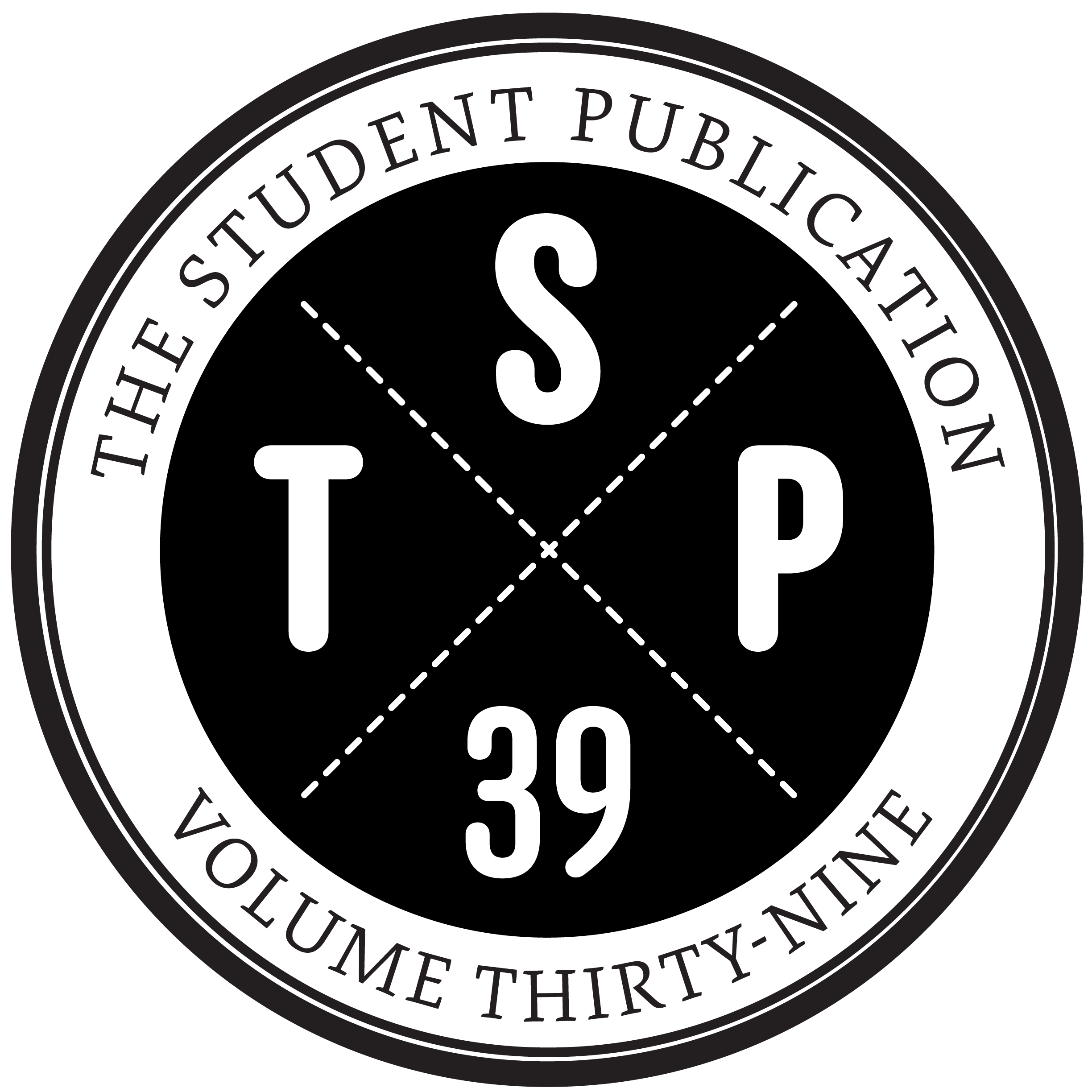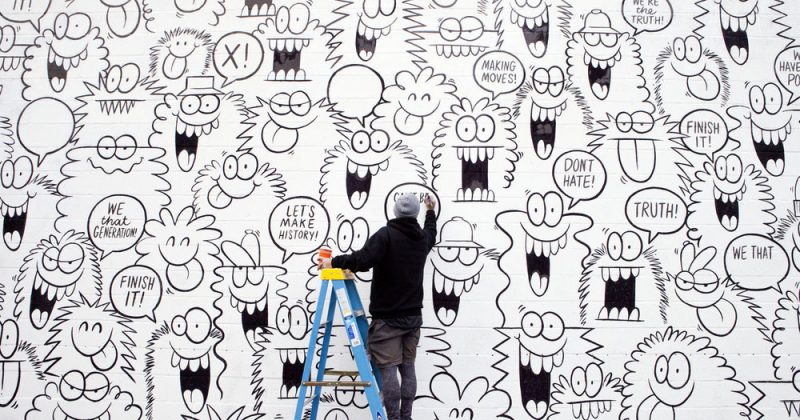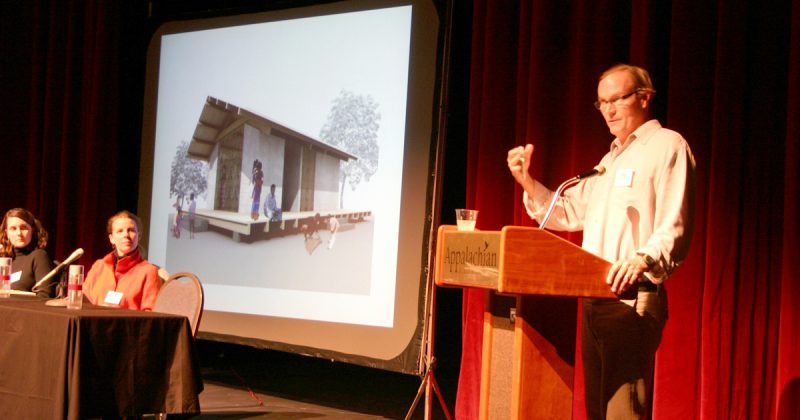
The Designer as Moral Intermediary
The Role of the Designer as Moral Intermediary
by Nick Gregory
In Peter-Paul Verbeek’s “Materializing Morality: Design Ethics and Technological Mediation,” the author argues that designed technology shapes both the way that we interact with the world and the way that we perceive the world. He defines technological mediation as “the role of technology in human action (conceived as the ways in which human beings are present in their world) and human experience (conceived as the ways in which their world is present to them).” In summary, designed objects affect us through mediation of perception and mediation of action.
Technology can shape the way that we perceive the world. mediating our perception of anything and everything. Objects such as glasses modify the way in which we see the world in a literal sense. A thermometer “establishes a relationship between humans and reality in terms of temperature.” These objects are tools that give us insight into situations that we previously may not have had....


